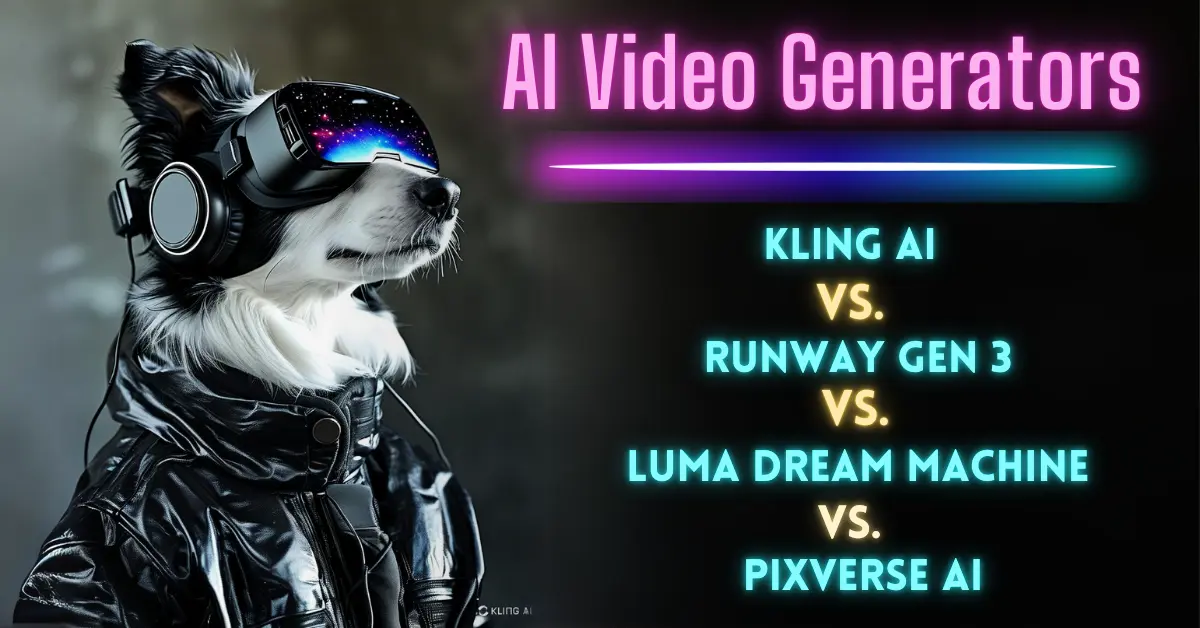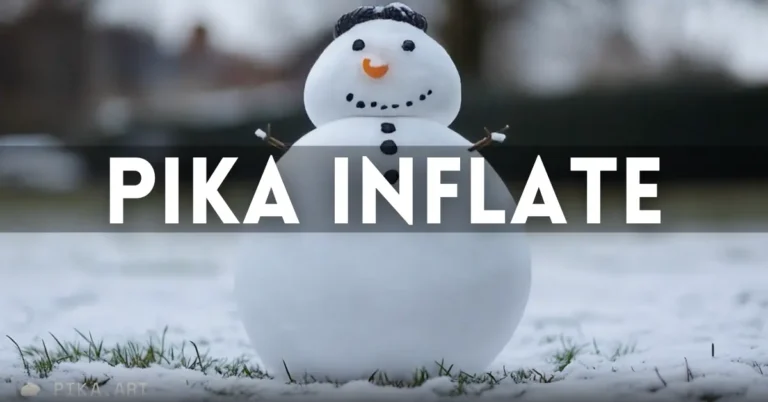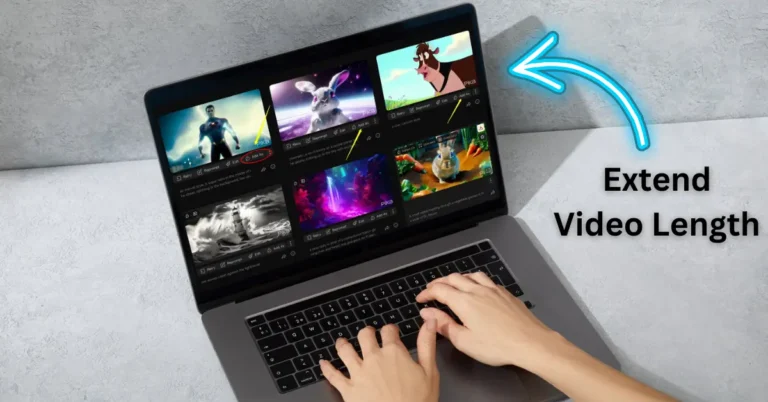Comparing Video Generators: Kling vs. Runway Gen 3 vs. Luma Dream Machine vs. Pixverse
In the world of AI video generation, major platforms like Runway Gen 3, Luma Dream Machine, Kling, and Pixverse AI have seen tremendous updates recently. These advancements have made what once seemed impossible now a reality, with stunning AI-generated videos becoming increasingly accessible.
In this article, I’ll compare these platforms in terms of the quality of video generations, pricing, features, generation times, and other essential factors, helping you decide which tool might best suit your needs.
How I Tested These Platforms
To thoroughly evaluate these platforms, I tested each one using various prompts, running three generations per platform and picking the best result for comparison.
I gradually increased the complexity of the prompts to push the capabilities of each generator.
For fairness, I kept the generation settings consistent, including generation length and mode settings, across the platforms.
1. Runway Gen 3
Runway offers a range of useful tools, but our focus here is on Gen 3, which is prominently featured at the top of their main page. You can generate videos either through text or by uploading an image to transform into a video.
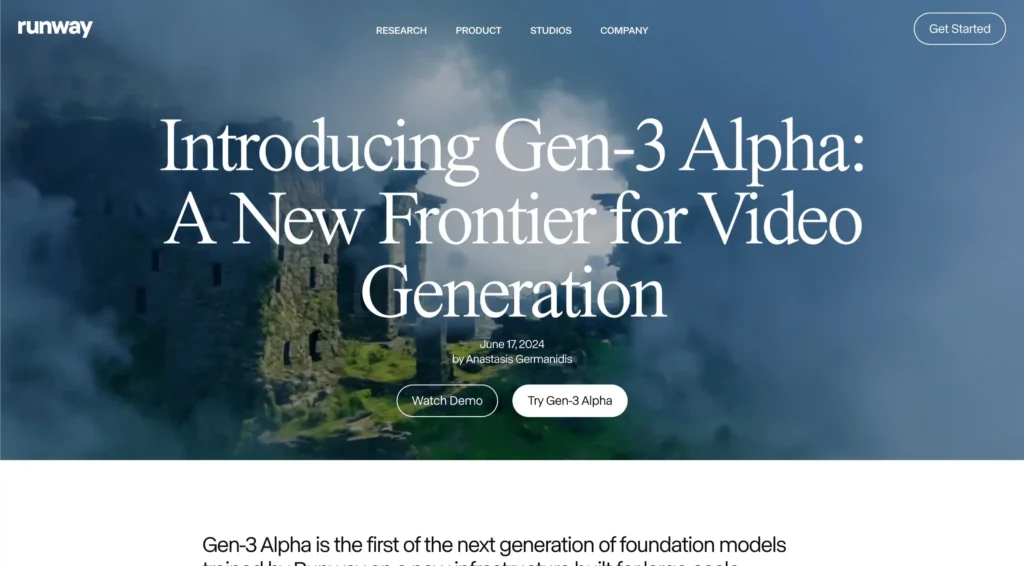
Features:
Generation Modes: Gen 3 Alpha for the highest quality, and Gen 3 Alpha Turbo for faster generation with a slight reduction in fidelity.
Length Options: Choose between 5 and 10-second videos.
Prompt Example: “FPV shot camera pushes through dense jungle foliage revealing a majestic waterfall, lush greenery parts to frame the cascading water.”
How to Create Cartoon Videos using Pika Art
2. Kling AI
Kling offers a similar layout, allowing you to generate videos from text or images. Notably, Kling provides more control over camera movement and aspect ratios (including vertical videos).
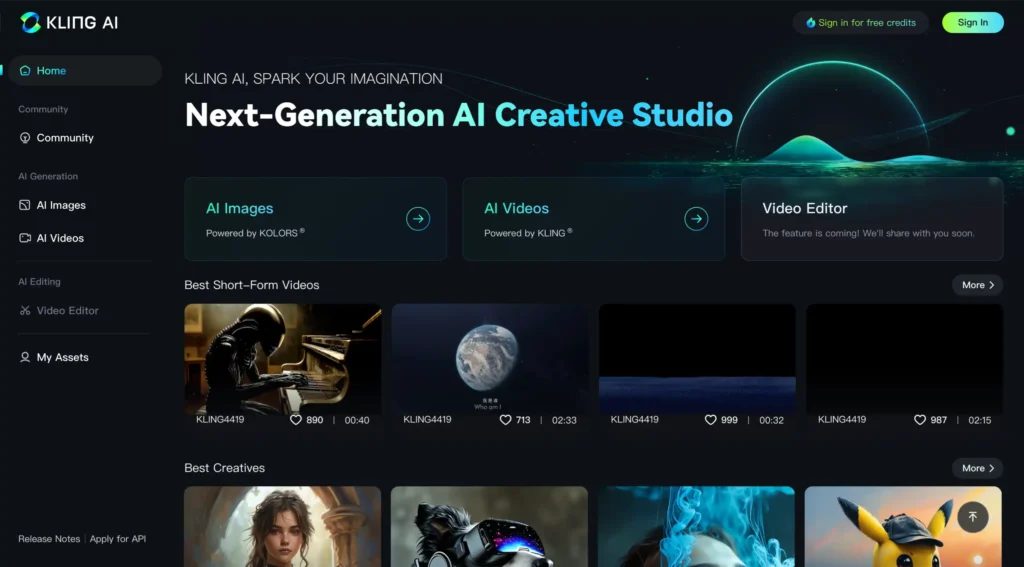
Features:
- Generation Modes: Standard or Professional, where the latter offers better fidelity at the cost of generation speed.
- Additional Features: You can tweak the balance between creativity and relevance to tailor how closely the result adheres to your prompt.
3. Luma Dream Machine
Luma also lets you generate videos from both text and images, allowing you to add start and end frames for more customized results.
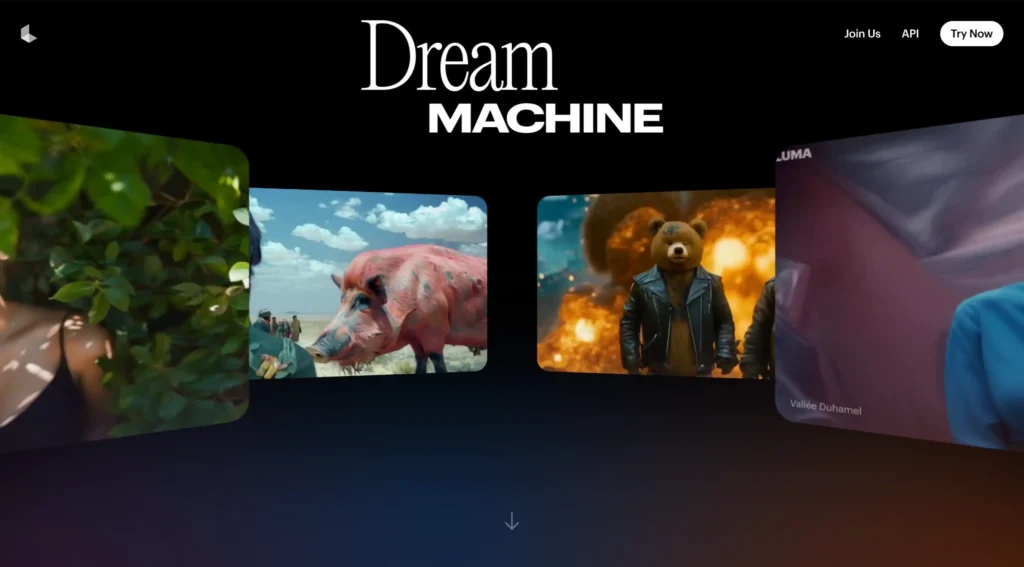
- Enhanced Prompts: There’s an option to have Luma enhance your prompt, but I kept this feature off to maintain consistency across comparisons.
4. Pixverse AI
Pixverse allows you to generate videos from text or images, with an option to add additional scenes. However, I focused solely on text-based prompts for uniformity across the platforms.
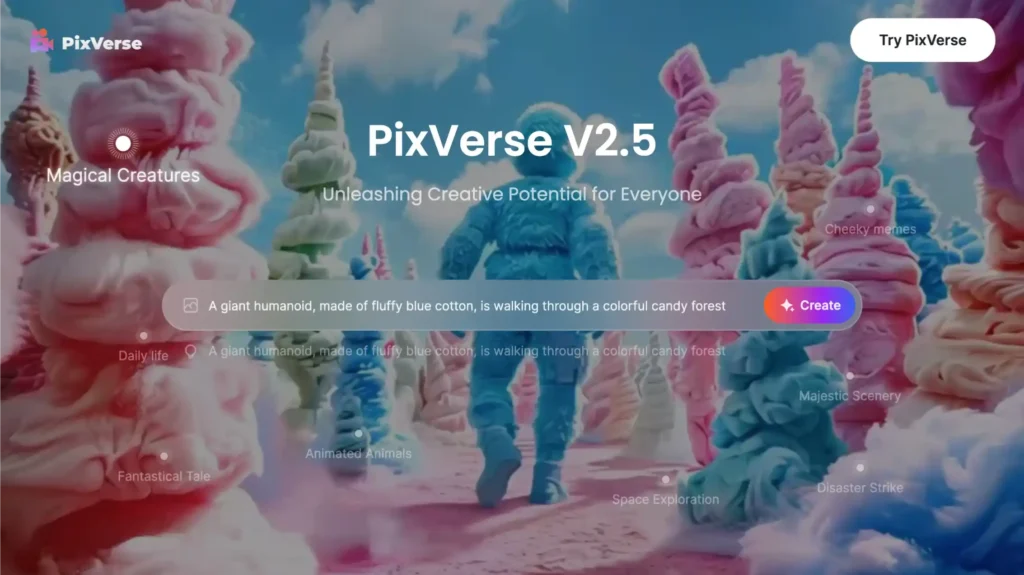
Text-to-Video Comparisons
Waterfall in the Jungle
For the first test, I ran a prompt of a jungle scene with a waterfall. Here’s how each platform fared:
- Runway: Produced a coherent scene with a lot of movement. The waterfall appeared slightly off, with a sped-up effect, but overall, it was a strong result, even featuring a nice lens flare.
- Kling: Almost perfect. The scene was vibrant, but on closer inspection, some leaves appeared distorted. Still, it adhered to the prompt beautifully.
- Luma: Unfortunately, this was a fail. The output was grainy, with poor perspective and barely followed the prompt.
- Pixverse: Delivered a decent result with an expected slow-motion feel typical of AI-generated videos. The details were mostly accurate, but the motion seemed too slow.
Ranking: 1. Kling 2. Runway 3. Pixverse 4. Luma
Bustling City Time-Lapse
The next prompt involved a dynamic time-lapse of a city transitioning from day to night.
- Runway: Nailed this prompt, successfully capturing the transition from day to night, complete with stars in just 5 seconds.
- Kling: Also good, but there was an odd blob in the lower part of the frame, which was larger than any car should be, and it didn’t reach the night phase.
- Luma: Added some motion, but the cars were blurry blobs, and it didn’t reach nighttime either.
- Pixverse: The car lights were strange and inaccurate, resembling morphing lines, and the scene never transitioned fully into night.
Ranking: 1. Runway 2. Kling 3. Luma 4. Pixverse
Pancakes with Syrup
I tested a food prompt: syrup pouring onto fluffy pancakes.
- Runway: Created a delicious-looking result, though the syrup spread too quickly at first and missed the butter on top.
- Kling: Handled the butter interaction smoothly, with the syrup drizzling perfectly over the sides. The camera movement was also on point.
- Luma: Good camera work, but the syrup seemed too thick and unnatural.
- Pixverse: Looked good but could have done more to melt the butter.
Ranking: 1. Kling 2. Luma 3. Pixverse 4. Runway
Cliffside Mansion with Lion Statues
The next challenge was generating a scene of a cliffside mansion with lion statues overlooking the ocean.
- Runway: The camera movement was smooth, and the waves looked great, but it missed the lion statues.
- Kling: Included the lion statues, though they were larger than expected. Nevertheless, it adhered to the prompt better.
- Luma: Lacked detail, and the architecture looked soft and unfinished.
- Pixverse: A good attempt, though the statues didn’t resemble lions.
Ranking: 1. Kling 2. Runway 3. Pixverse 4. Luma
Complex Scenarios
Orc Riding a Direwolf with Battle Axe
For more complexity, I tried a dynamic shot of an orc riding a direwolf.
- Runway: A total fail. The orc wasn’t riding the wolf, nor was there a battle axe.
- Kling: Got every part of the prompt right, though the direwolf looked more like a horse with a wolf’s head.
- Luma: Good adherence, but the battle axe didn’t quite look right.
- Pixverse: Solid prompt adherence, though the slow-motion effect dulled the intensity.
Ranking: 1. Kling 2. Luma 3. Pixverse 4. Runway
Image-to-Video Comparisons
In addition to text-to-video, I ran several tests using image-to-video prompts. For consistency, I used images generated from MidJourney.
Cat Chopping Fish
I started with a whimsical prompt: a cat chopping fish on a cutting board.
- Runway: The result stayed coherent, but the cat wasn’t using proper cutting techniques.
- Kling: Excellent, with the fish visibly being cut into pieces.
- Luma: Great result but slow-motion again.
- Pixverse: Less coherent, though still a strong result.
Ranking: 1. Kling 2. Runway 3. Luma 4. Pixverse
Tiger Eating Ramen
The next prompt featured a tiger eating ramen.
- Runway: Fantastic result, with the tiger actually taking a bite.
- Kling: Even more dynamic, with realistic movement.
- Luma: The food floated awkwardly, and the tiger never took a bite.
- Pixverse: The tiger only seemed to prepare for a bite but didn’t follow through.
Ranking: 1. Kling 2. Runway 3. Pixverse 4. Luma
Conclusion:
This comparison highlights the strengths and weaknesses of each video generation tool. While Kling generally offers the most consistent results with high fidelity, Runway remains a solid choice for dynamic, creative visuals. Luma often struggles with detail and coherence but has potential in some areas, while Pixverse tends to deliver decent results with a slow-motion feel.
If you need help deciding which platform is right for your project, focus on what aspects are most important for your use case: quality, generation speed, or prompt adherence.
